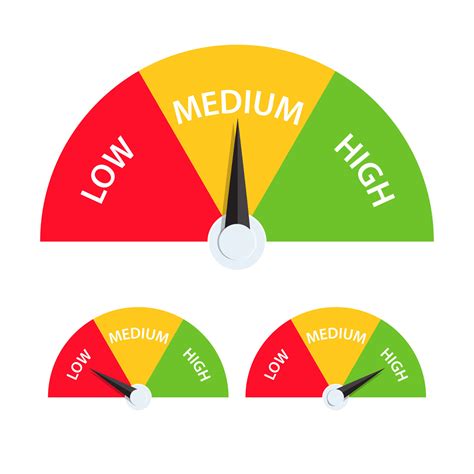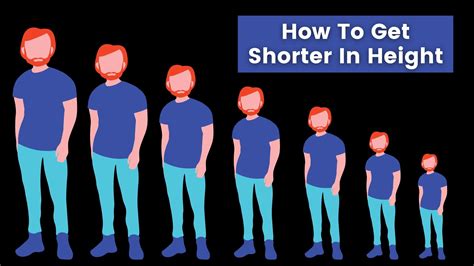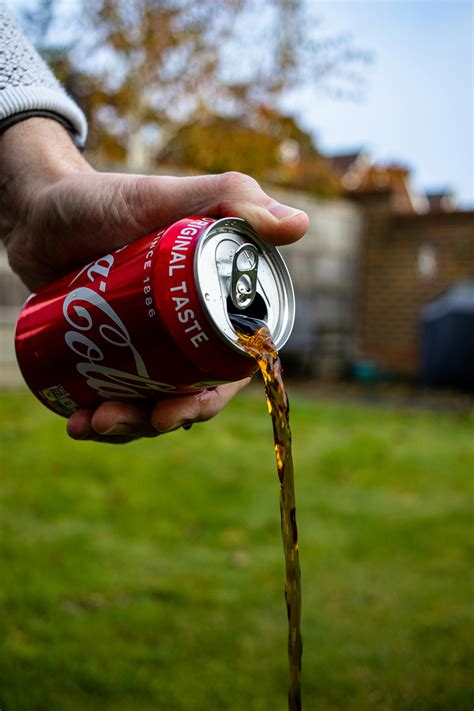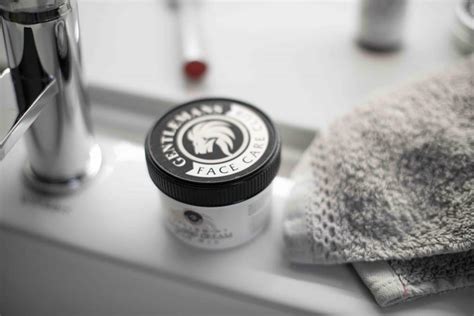Optimize short workouts for maximum strength and peak performance?

In our increasingly busy lives, finding ample time for extensive gym sessions can feel like an impossible task. The common belief is that long hours are essential for building significant strength and achieving peak physical performance. However, this isn’t necessarily true. With the right approach, short, focused workouts can be incredibly potent tools for developing robust strength and enhancing overall athletic capability.
The Power of Intensity: Making Every Minute Count

The core principle behind optimizing short workouts lies in intensity. Instead of prolonged, moderate effort, the goal is to pack maximum stimulus into a condensed timeframe. This often means embracing compound movements, reducing rest periods strategically, and focusing on quality over sheer volume. High-intensity resistance training, even for brief durations, can elicit significant physiological adaptations, leading to increased muscle mass, strength, and improved cardiovascular fitness. It leverages post-exercise oxygen consumption (EPOC), meaning your body continues to burn calories and recover at an elevated rate long after your workout concludes.
Key Strategies for Maximum Impact in Minimal Time
To truly maximize your short sessions, several key principles must be applied rigorously. These aren’t just tips; they are the bedrock of effective, time-efficient strength and performance training.
Prioritize Compound Movements
Compound exercises like squats, deadlifts, overhead presses, bench presses, and rows engage multiple muscle groups simultaneously. This multi-joint action allows you to work more muscles in less time, generating a greater systemic response and building functional strength that translates directly to peak performance. A workout built around 2-3 compound movements will be far more effective than one fragmented into isolation exercises.

Embrace High Intensity and Appropriate Volume
For strength and performance, aim for a rep range that challenges you significantly (e.g., 3-6 reps for pure strength, 8-12 reps for hypertrophy with strength benefits), bringing you close to muscular failure. While the total number of sets might be lower than in a traditional long workout (e.g., 2-4 sets per exercise), the intensity of each set must be high. This provides the necessary stimulus for adaptation without overtraining.
Strategic Rest Periods
Manage your rest. For pure strength work, you might still need 60-90 seconds between heavy sets to recover adequately for the next maximal effort. However, in a performance-oriented short workout, you can strategically shorten rest periods (e.g., 30-60 seconds) or even incorporate supersets or giant sets to keep your heart rate elevated and increase the metabolic demand, boosting both strength and conditioning.

The Non-Negotiable: Progressive Overload
Regardless of workout length, the principle of progressive overload remains paramount. To get stronger, you must consistently challenge your muscles to do more than they are accustomed to. This could mean lifting slightly heavier weight, performing more reps with the same weight, improving form, or reducing rest times. Track your progress to ensure you’re always advancing.
Structuring Your Optimal Short Workout
A well-structured short workout should be efficient from start to finish. Here’s a template:
- Dynamic Warm-up (5-7 minutes): Prepare your body for intense work with movements like arm circles, leg swings, bodyweight squats, and lunges. Don’t skip this critical step to prevent injury and optimize performance.
- Main Lifts (15-20 minutes): Focus on 2-3 compound exercises. Perform 3-4 working sets for each, ensuring high intensity. For example, a squat, a press, and a pull.
- Accessory/Finisher (5-7 minutes): Optionally, add one accessory exercise or a short, intense finisher (e.g., a tabata set, a short circuit) to target a specific weakness or boost conditioning.
- Cool-down & Stretch (3-5 minutes): Gentle stretches to aid recovery and flexibility.

Sample Micro-Workouts for Strength and Performance
Here are a couple of ideas for how you can implement these principles:
Option A: Full Body Strength Blast (Approx. 30 minutes)
- Warm-up (5 min)
- Barbell Squats: 3 sets of 5-8 reps
- Barbell Bench Press (or Overhead Press): 3 sets of 5-8 reps
- Barbell Rows (or Pull-ups): 3 sets of 5-8 reps
- Optional Finisher: Plank variations or a short bodyweight circuit (3-5 min)
- Cool-down (3 min)
Option B: Metabolic Power Circuit (Approx. 25 minutes)
- Warm-up (5 min)
- Circuit (perform 3-4 rounds, 45 seconds work, 15 seconds rest between exercises, 60 seconds rest between rounds):
- Kettlebell Swings
- Push-ups
- Box Jumps (or Step-ups)
- Renegade Rows
- Cool-down (3 min)

Conclusion: Quality Over Quantity
Optimizing short workouts for maximum strength and peak performance isn’t about cutting corners; it’s about being smarter with your time and effort. By prioritizing intensity, focusing on compound movements, applying strategic rest, and relentlessly pursuing progressive overload, you can achieve remarkable results. Consistency, even with brief sessions, will always trump sporadic, lengthy workouts. Embrace the power of efficiency and transform your fitness journey.







